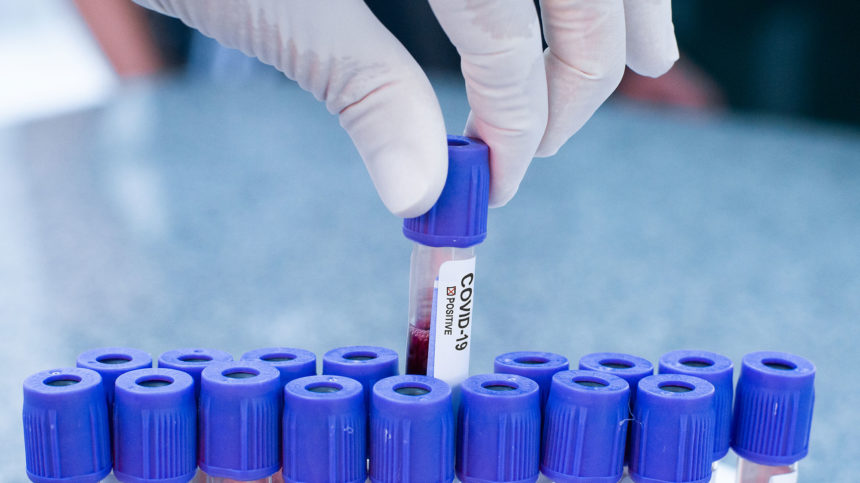
A universal testing strategy worked better than symptom screening to identify staff and residents with COVID-19 in a Seattle senior living community, report investigators.
After two residents were hospitalized with COVID-19 infections, community operators cooperated with federal and local health officials in a prospective surveillance study aimed at preventing an outbreak. All residents and staff were screened using polymerase chain reaction tests.
Among 142 residents and staff exposed to COVID-19, researchers identified three asymptomatic infected residents and two symptomatic infected staff. In contrast, symptom screening failed to identify residents with infections.
Although one more asymptomatic infected resident was found a week after initial testing, a facility-wide outbreak did not occur, wrote Alison C. Roxby, M.D., MSc, from the University of Washington, and colleagues. All four residents with SARS-CoV-2 remained asymptomatic after two weeks. Notably, staff were not retested.
The report illustrates how an aggressive infection control response could mitigate COVID-19 spread in a residential facility, according to an editorial accompanying the study.
Successful implementation of active surveillance requires partnership with local public health departments. Their epidemiologic expertise and testing resources, along with a plan for addressing positive test results, can help facilities to contain transmission, wrote editorialist Grace Y. Jenq, M.D., from the University of Michigan.
“Understanding how many facilities are in the area, occupancy rates, current testing plans, and supplies of personal protective equipment are important aspects to monitor,” Jeng and her colleagues wrote.
The new study’s outcome was similar to that of an investigation into the skilled nursing facility in King County, Washington, where the nation’s first outbreak occurred. That investigation showed that symptom screening alone missed half of all residents infected with COVID-19.
Full findings were published Thursday in JAMA Internal Medicine but previously were published by the Centers for Disease Control and Prevention.




